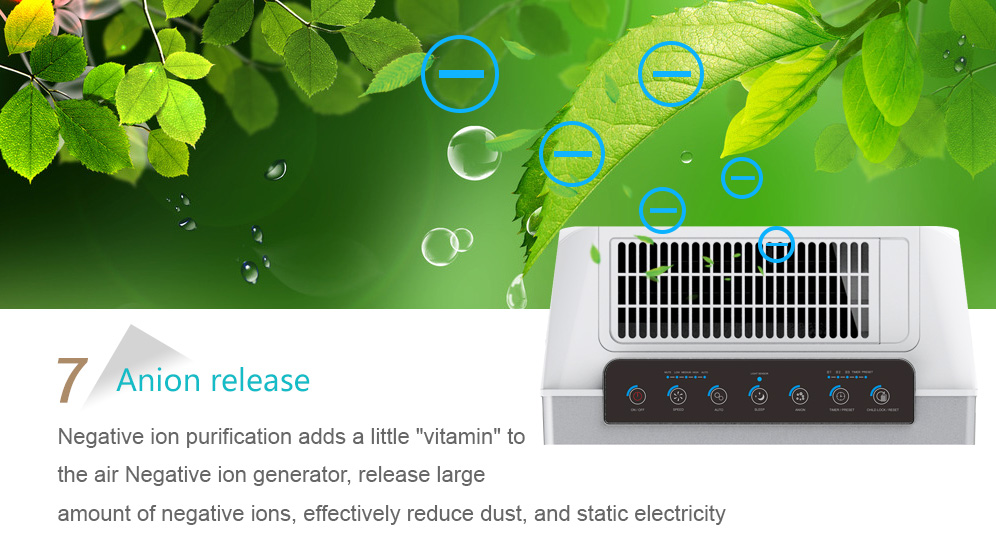Household air purifier: How does the air purifier work?

Air purifiers are products that claim to remove up to 99.9% of particles in the air of homes and businesses and are often advertised as beneficial for asthma and allergic patients. Reducing or even eliminating secondhand smoke is another attractive feature of many users.
A commercial-grade purifier can be manufactured as either a small unit or a large unit. It can be connected to the air processor unit (AHU) or HVAC unit for industrial, medical and commercial applications.
Air purifiers are used in whole houses or individual rooms with different sizes and types. The most common type is the HEPA filters. business
Types of air purifiers
HEPA filters use cloth filters, which capture 99.9% of particles larger than 0.3 microns and a fan to circulate air throughout the machine. Replaceable air filters can be used for many years, depending on the air quality of the room where the filters are placed. HEPA filters are very efficient equipment, but they consume a lot of energy.
Ozone is an active oxidant that destroys chemicals and bacteria. When it reacts with substances in the air, it is decomposed into pollutants. Ozone purifiers can combat these pollutants. It resists odors but has no effect on allergens and most chemicals.
Carbon air purifiers are very effective in capturing certain particles such as gases, smoke, and odors, and are also the oldest absorption filters on the market. These specific air purifiers react with particles as they pass through. Odors and particles adhere to carbon and are not suitable for allergens or microorganisms.
Ion air purifier This type of purifier works by “ionizing” the air and causing particles to be positively or negatively charged. The charge of the ion air purifier is opposite to that of air particles. There are a series of plates. Ion air purifiers remove very fine particles from the air, even a few feet away, but they do not kill odors or bacteria.
Ultraviolet air purifier kills viruses, bacteria, bacteria, fungi, and other microorganisms when passing through, but after ultraviolet treatment, microorganisms can not reproduce and reproduce. Ultraviolet air purifiers do not fight smoke, odors, allergens or chemicals.
Choosing the right type of air purifier can be difficult, but understanding the main differences allows you to make informed choices based on the needs of specific personnel.
Here are some functions to consider when purchasing the right unit.
Performance: Find a device that removes large amounts of particles from the air, including small particles.
Choose the most suitable unit for a room with air volume, usually expressed in square feet.
Specific health concerns consider what substances you want to remove from the air: smoke, bacteria, bacteria, etc.
Manufacturer: Select refiners with reliable manufacturers.
If there are specific pollutants affecting the health of indoor factors, please find the most suitable device for eliminating them.
Exchange filters are expensive to operate, so be sure to check the replacement interval and the cost of the filters.
Ensure the quality of the structure to cover the internal components of the equipment.
Easy to use to ensure that equipment is easy to operate, clean and replace filters
Is the noise of driving considered “quiet”? You can collect the value of driving noise before you buy it.
Warranty: Find long-term, comprehensive warranties
For existing household and central air systems, the simplest and most economical method is to design and use an air purifier specifically for a room. Single room only: the effective unit of the room is less than $300, you can get good results.
Or, you can buy the entire household water purifier, but it can cost thousands of dollars depending on equipment installation and power requirements. Contact us for more products and discounted prices
Helen:
+86 13922346046
info@olansiglobal.com
https://www.olansiglobal.com